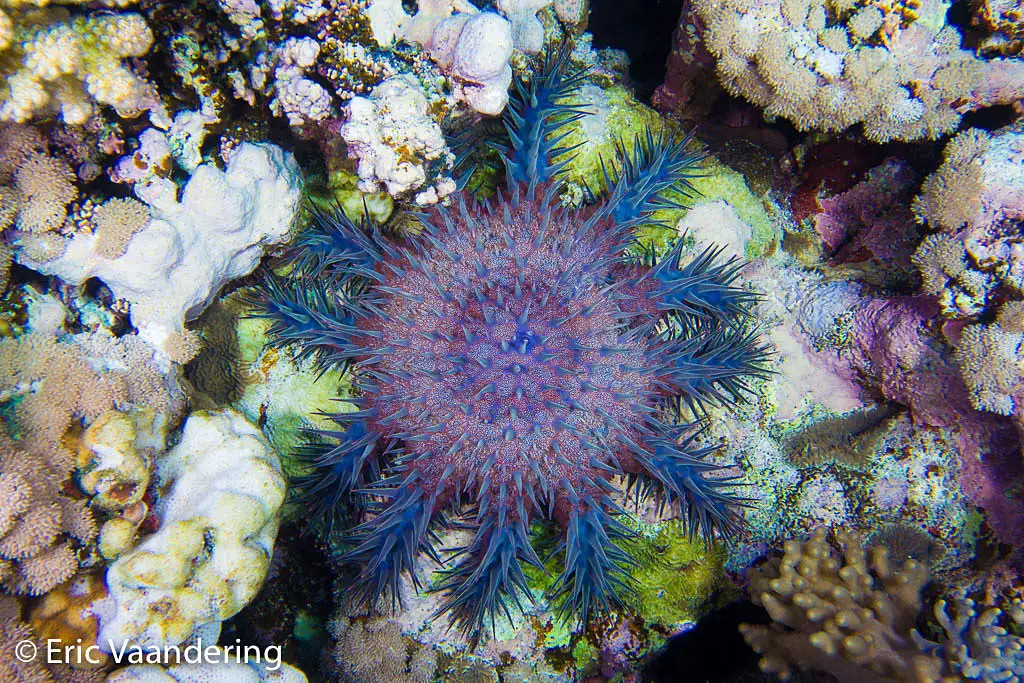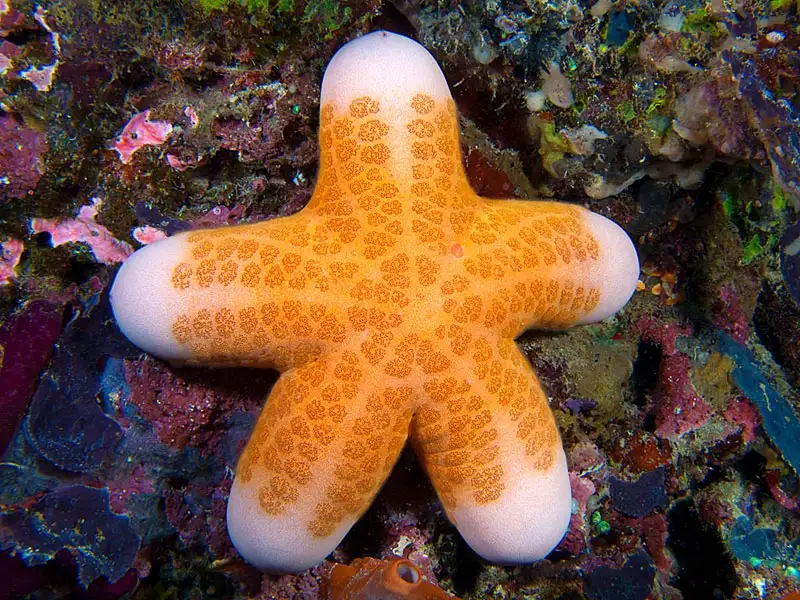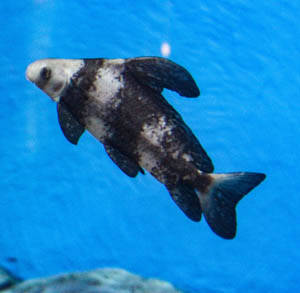
Linckia laevigata—the blue sea star—is an ophidiasterid asteroid conspicuous on tropical Indo‑Pacific reefs.It is best known for its vivid blue coloration (purple/green/brown or mottled morphs occur) and its remarkableability for arm autotomy and regeneration, producing “comet” forms from d...

Acanthaster planci—the crown‑of‑thorns starfish (COTS)—is a major coral predator on Indo‑Pacific reefs(family Acanthasteridae). It bears numerous venomous spines and typically 12–20 arms.By everting the stomach it feeds on live tissues of scleractinian corals. At natural densities it can p...

Choriaster granulatus—the doughboy / granulated sea star—belongs to family Oreasteridae.It features short, blunt arms, a puffed central disc and a dorsum covered with granules/tubercles, making it conspicuous on Indo‑Pacific reefs.Ecology & BiologyDiet: chiefly omnivorous/detritivorous, gra...

The Latin name of the mullet is Myxocyprinus asiaticus, and there is no subspecies.The ancestors of the mullet can be traced back to the Mesozoic era when dinosaurs ruled. The earliest ancestor of the mullet is called the primitive bony swim bladder fish. According to research, this fish appeared in...